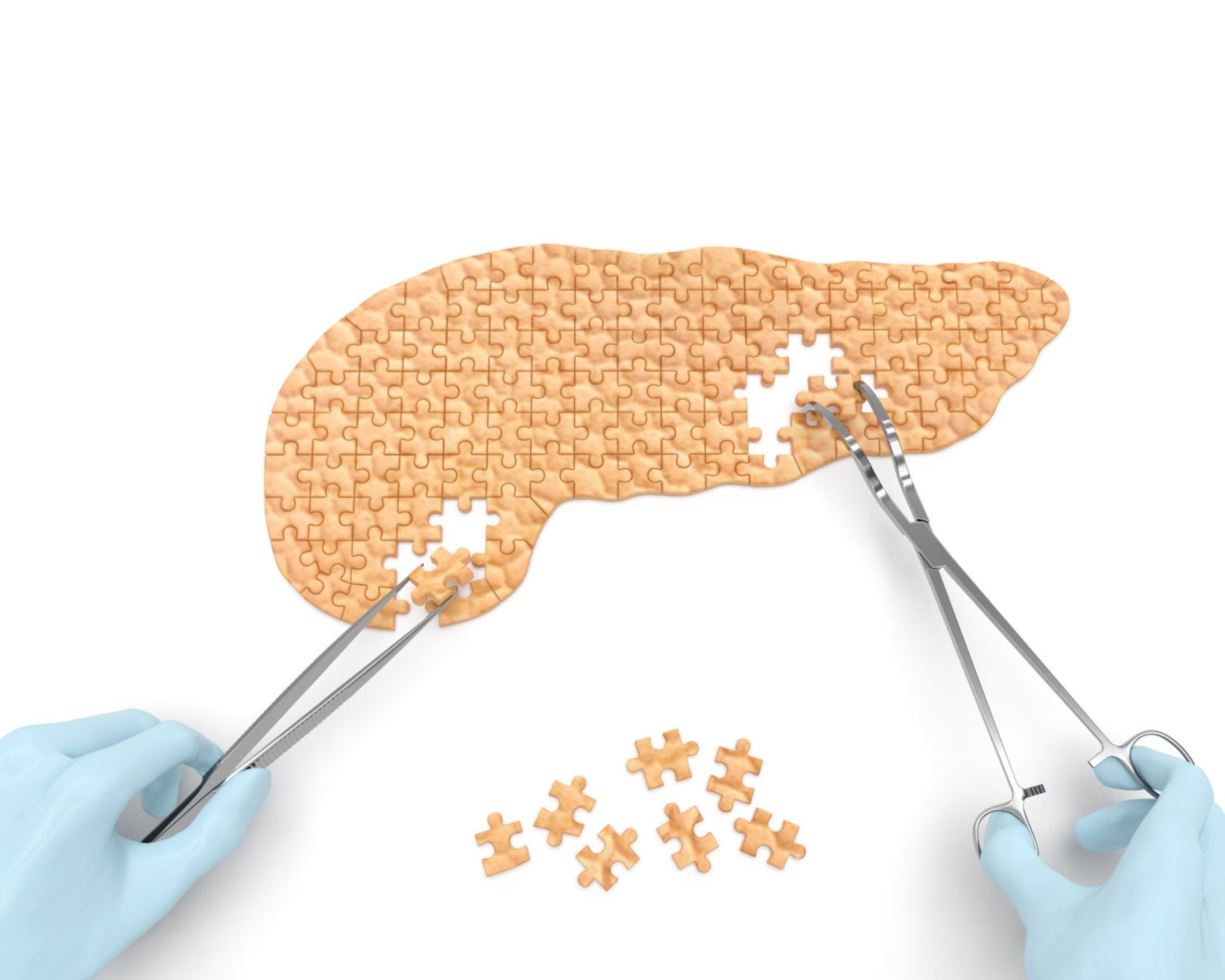Pseudocysts of the pancreas (PC) appear in 5% of patients after a severe acute pancreatitis episode (AP). The term “pancreatic pseudocyst” describes localized pancreatic fluid collections that occur 4-6 weeks after the onset of pancreatitis. Defining the term may be simple, but managing pancreatic pseudocysts is complex. Acute peripancreatic fluid collections developing after an episode of acute pancreatitis are often referred to as pseudocysts by gastroenterologists and surgeons. These fluid collections usually resolve without any special treatment. Localized fluid collections that usually contain solid tissue and necrotic debris and are nothing more than partially liquefied pancreatic necrosis are also erroneously referred to as pseudocysts.
Two critical questions must be answered when a pancreatic cyst is identified:
1. Do pancreatic pseudocysts communicate with the pancreatic duct?
2. Is there stricture or blockage at the pancreatic duct between pancreatic pseudocysts and the ampulla of Vater?
ERCP can give the answers to both questions. ERCP is a procedure that enables the complete study of the anatomy of pancreatic pseudocysts and determines the treatment and approach to be followed. Identifying whether there is communication between the pancreatic duct and the pseudocysts is essential, as the treatments followed in each case are fundamentally different. Visualizing the pancreatic duct is also necessary to determine the presence and exact location of a stricture or a blockage.
Invasive treatments
In the past, the so-called “open cytogastrostomy” was the only way to treat pancreatic pseudocysts. However, this method is only one of several available treatments. The available treatment methods, their advantages, and disadvantages, as well as their indications based on available clinical studies and data, are presented below:
- Percutaneous Drainage (PD): This procedure is very easy. It is used frequently but it serves only as a temporary treatment. However, it must be used as a definitive treatment in patients with pseudocysts that do not communicate with the pancreatic duct.
- Endoscopic Transpapillary Drainage (ETD): This treatment refers to endoscopic stent placement within the pancreatic duct. This procedure is performed in patients with pseudocysts communicating with the pancreatic duct. In this way, the intrapancreatic stent works as a low-pressure system that allows the content of the pancreatic pseudocyst to, preferably, drain through the stent. Endoscopic drainage is also ideal for cases in which a pancreatic pseudocyst occurs due to pancreatic duct disruption; this disruption may be bridged through a stent. Endoscopic drainage requires the expertise of an interventional gastroenterologist with high-level technical experience.
- Endoscopic Transmural Drainage (ETD): This method involves creating a communication pathway between the pancreatic pseudocyst and the stomach or the duodenum through endoscopic stent placement. ETD is recommended for pancreatic pseudocysts that protrude within the stomach and the duodenal lumen and mainly for those communicating with the pancreatic duct peripherally of a stricture or blockage. It is performed with greater accuracy and safety when accompanied by an endoscopic ultrasonogram.
- Surgical procedure: Surgical procedures are still the gold standard. The development of laparoscopic techniques related to pancreatic pseudocysts is associated with greater effectiveness and a minimally invasive approach. This approach is ideal for large (>15 cm) pancreatic pseudocysts for which endoscopic methods have failed. Surgical procedures are also associated with the lowest recurrence rates compared to other methods.
Treatment algorithm
After diagnosing pancreatic pseudocysts, therapeutic interventions are unnecessary unless the pancreatic pseudocyst starts causing symptoms or unless its size increases (as shown in consecutive CT scans) or does not decrease over time. When the criteria favoring invasive treatment are met, a high-quality ERCP that will show the condition of the pancreatic duct (e.g., intact pancreatic duct, stricture, blockage) in great detail is necessary. ERCP will also show the anatomic relationship between the pancreatic duct and the pancreatic pseudocyst, the communication or lack of communication between them, and the precise anatomical position of this communication (stricture or blockage of the pancreatic duct closer or peripherally of the communication).
The possible scenarios are as follows:
1. No communication between the pancreatic duct and pseudocysts: Percutaneous drainage must be attempted as the possibility of pancreatic fistula occurring is very low.
2. Communication between the pancreatic duct and the pancreatic pseudocysts with or without stricture of the pancreatic duct closer to the point of communication. Endoscopic drainage is the recommended and most beneficial treatment in this case. Especially when there is a stricture of the pancreatic duct, endoscopic drainage (with an intrapancreatic stent placement across the stricture) must be performed before any other approach (e.g., ETD or surgery).
3. Communication between the pancreatic duct and the pancreatic pseudocysts peripherally of the pancreatic duct blockage. There have been cases in which bridging the parts of the pancreatic duct by placing an intrapancreatic stent on both sides of the blockage was chosen, but this is not the procedure of our choice. This case describes the presence of an isolated pancreatic segment whose pancreatic pseudocysts are supplied by the pancreatic duct. ETD is the treatment of choice in such cases.
4. Failure of endoscopic methods. Surgical drainage, preferably done laparoscopically, is a definitive treatment. Especially in cases of an isolated pancreatic segment, a Roux-en-Y gastric anastomosis with the produced pseudocyst or directly with the pancreatic segment is the procedure of our choice.
It should be highlighted that the best treatment is the treatment that can be implemented better under the given conditions and is most effective for each patient. Surgical procedures are still the safest treatment method. They are associated with low morbidity and mortality rates and low pancreatic pseudocyst recurrence rates.







